Making It Work: The PrAACtical Side of Therapy to Teach Requests
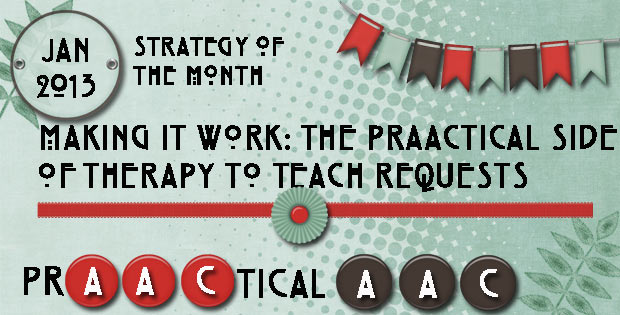
This month we’ve been talking about requesting and choicemaking, specifically how to teach it. Today, we’ll put it into a clinical context by talking about a hypothetical session that targets this skill, but also highlights other strategies. As you read about the materials, preparation, and script, look for how they incorporate strategies such as building specific communication opportunities {CO}, aided language input {ALI}, and expansions {EX}. The clinician also builds in repetition with variety so that there is sufficient opportunities for teaching and practice using multiple modes of communication.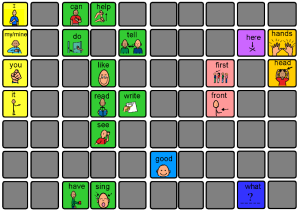
In this scenario, you’ll meet Jenna, a 5 year old with significant language difficulties secondary to Cri du Chat syndrome. Jenna’s communication system includes about a dozen manual signs (SIGN), 20-25 word approximations (SPEECH), a few gestures (GEST), some manual communication boards (COMM BD), and an iPad with a full-featured AAC app (iPAD). She also uses movement (MOVEMT), vocalizations (VOC), and some challenging behavior (BEHAV) to communicate. There are also some single message and static display SGDs (SGD) in the therapy room that she uses throughout the session. Jenna’s communication boards and iPad have mostly single words with core vocabulary, but also some prestored phrases and sentences (e.g., “Tell me more,” “I need a break,” “I have something to show you” “Hey! I want a turn!”). Jenna is functioning at the beginning communicator level and is beginning to spontaneously express herself using picture symbols for early communicative functions. She is at the single symbol stage and has not yet begun to combine symbols into short sentences.
Her AAC app has core vocabulary for a variety of word classes (e.g., I, you, do, help, like, this, more, big, fast, no/not, in, down, here, now) and screens with nouns from different categories (e.g., toys, foods, family members, animals). Because she is at the early stage of AAC learning, the SLP has masked much of the vocabulary and plans to gradually expose more of it as Jenna gains familiarity with this tool. The communication boards have a base of core vocabulary and strips of activity-specific nouns, verbs, and prepositions. One important point: In order to provide Jenna with an opportunity to learn new language symbols incidentally, the SLP always sets up the AAC display to be a step ahead of where Jenna is in her expressive language. In other words, the AAC display always contains symbols for vocabulary that Jenna does not yet know. This allows the SLP to use aided language input (ALI) and give Jenna receptive exposure to those words and symbols. Constraining the AAC display to only the words/symbols that Jenna knows right now would be fine for functional communication but not for language development and teaching. In order for Jenna’s skills to advance, she has to be able to observe competent AAC models of these words in the context of meaningful activities. Her SLP is constantly modeling the unfamiliar words on the AAC system as she interacts with her little client. Jenna is no different from any other child in needing these types of models. All language learners achieve best when they have frequent models of the linguistic system that they are learning.
In addition to the specific AAC materials we’ve discussed, Jenna’s SLP also uses a number of visual supports to help the session run smoothly. These include a visual schedule of the session, large symbols for ‘wait’ and ‘stand up,’ and a countdown board.
Good therapy begins with good goals. Here are some of Jenna’s AAC goals.
- Given a field of 6 to 15 options on a manual communication board or SGD, she will choose a preferred object/activity with 90% accuracy. (Linguistic Competence)
- Given a functional, play, or literacy activity, she will take at least 4 turns in a conversation with minimal prompting. (Social Competence)
- She will request a turn using prestored messages (e.g., “Hey, don’t forget me! I want a turn”) at least twice per activity. (
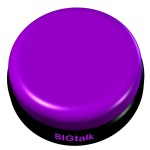 Linguistic Competence)
Linguistic Competence) - She will request recurrence with single words (e.g., “more,” “again”) in 8/12 opportunities. (Linguistic Competence)
- Request assistance with single words (e.g., “help”) at least twice per activity. (Linguistic Competence)
- Transport the communication device when transitioning between activities or locations (Operational Competence)
Follow along as we peek into Jenna’s session and see how the clinician incorporates multiple opportunities for requesting objects, actions, people, recurrence, and assistance. Note that the SLP accepts any form of linguistic communication for the goals targeting linguistic competence. Jenna’s responses using SPEECH, COMM BD, iPAD, SIGN, and SGDs are accepted equally and used in determining her performance levels. In the interests of time, we’ll look only at a few excerpts that target the requesting and choicemaking goals (i.e., Goals 1, 3, 4, and 5).
Let’s take a look at the start of the session where they are previewing the schedule of activities. The SLP begins and ends her sessions with interactive songs, but allows Jenna to select all of the other activities from a communication choice board designed for this purpose. Jenna gets to pick 4 activities for today’s session. The communication board has 15 symbols for activities; 5 are symbols for preferred activities and 9 are symbols for things Jenna does NOT like to do. This ratio (5 preferred to 10 non-preferred) encourages Jenna to focus carefully on each symbol instead of responding quickly and impulsively. Responding randomly is likely to result in Jenna getting quite a few activities that she doesn’t like. Once Jenna is helped to create the schedule, they follow that agenda, beginning and ending each activity at the schedule board.
The room is set up with controlled access to the therapy materials. Each set of materials is inside of a large paper grocery bag that is 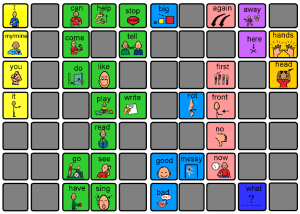 folded over and closed at the top with a binder clip. There is one bag prepared for each of the 15 activities (5 preferred, 10 non-preferred). On the outside of each bag is a large symbol representing the activity. That same symbol is on the choice board for the schedule. Because it is a rather small space, the SLP only has room for about 8-9 bags. Before the session, she has placed bags for 5 preferred and 3 non-preferred activities in a line against the wall. The remaining bags (all with materials for non-preferred activities) are just outside the therapy room where she can quickly grab them if Jenna chooses one or more of them. This is important because she wants to be able to honor Jenna’s choices, even if Jenna picks something that she usually doesn’t like to do.
folded over and closed at the top with a binder clip. There is one bag prepared for each of the 15 activities (5 preferred, 10 non-preferred). On the outside of each bag is a large symbol representing the activity. That same symbol is on the choice board for the schedule. Because it is a rather small space, the SLP only has room for about 8-9 bags. Before the session, she has placed bags for 5 preferred and 3 non-preferred activities in a line against the wall. The remaining bags (all with materials for non-preferred activities) are just outside the therapy room where she can quickly grab them if Jenna chooses one or more of them. This is important because she wants to be able to honor Jenna’s choices, even if Jenna picks something that she usually doesn’t like to do.
Before beginning the session, the SLP helps Jenna get out her iPad. She turns it on, navigates to the AAC app, and sets the guided access so that Jenna can’t exit out of her communication software. The SLP has already set up the single message communication aid (“Hey! I want a turn!”) and a static display device that has repeated lines from the songs that they sing at the beginning and end of the session. The communication boards are hanging from a hook on the wall so that the SLP can quickly grab them. She has the symbols for ‘wait’ and ‘stand up’ on a ring attached to her belt loop, and the countdown board is within reach. These are tools that the SLP will only use, if needed. For example, if Jenna chooses a non-preferred activity when building the schedule, she is likely to be a bit frustrated when they begin to play with those materials. This is a pretty predictable situation and the SLP knows that using the countdown board can help Jenna cope with the undesired activity.
SEGMENT 1: Setting up the schedule
|
Person |
Utterance (MODALITY) {STRATEGY} |
| SLP | What should we do today? [presents COMM BD] {AIS, CO} |
| JENNA | Walks to bag with bubbles [MOVEMT]. SLP guides her back to the schedule. Bubbles [COMM BD] |
| SLP | First, do bubbles. {AIS, EX} |
| JENNA | Nods + yeah [GEST, SPEECH]; With SLP’s help, puts symbol onto schedule. |
| SLP | Shrug gesture, waits expectantly {CO} |
| JENNA | no response |
| SLP | Continues to pause, emphasizing the shrug, prevents Jenna from leaving the schedule board area {CO} |
| JENNA | Puzzles; Moves symbol to the schedule. |
| SLP | We do puzzles. Pause. Waits expectantly {AIS, EX, CO} |
| Process continues until schedule is full. Then SLP goes through each symbol on the schedule to preview what they will do. |
SEGMENT 2: Puzzles
| SLP | Time for…pauses, motions toward schedule {CO} |
| JENNA | Puhduh/puzzles. |
| SLP | Yes, puzzles. Pause. Get the puzzles. {AIS, EX} |
| JENNA | Searches the bags for puzzles; carries puzzles to the table w/ SLP’s help |
| SLP | Waits while Jenna struggles with the clip on the bag.{CO}. After about 15 seconds of this, she gestures toward the iPAD |
| JENNA | Help [iPAD] |
| SLP | Help open. Open the bag. {AIS, EX} Assists Jenna in taking out 3 puzzles, placing them within view but out of Jenna’s reach. For about 10 seconds, she pauses expectantly and Jenna just waits. |
| JENNA | Want [SIGN] |
| SLP | Want puzzle. (Points to each as she is speaking.) Animal puzzle. Dress up puzzle. Toy puzzle. Pauses expectantly. {AIS, EX, CO} |
| JENNA | Dog (SIGN). Points to the animal puzzle. |
| SLP | That dog is in the puzzle. Here’s animal puzzle. {AIS, EX, CO} |
| JENNA | Dumps out pieces and takes two. The SLP takes the rest. Jenna puts in the first piece but struggles with the second one for about 10 seconds. Help (iPAD) |
| SLP | Help put it in. Assists Jenna then holds up some of the remaining pieces. {AIS, EX, CO} |
| JENNA | Puhduh. |
| SLP | Puzzle. Here you you go! {AIS, EX, CO} She then goes on to offer action choices with the 3 remaining pieces so that Jenna can choose to make those pieces fly, hop, slide, or roll. |
Throughout the session the SLP presents many more requesting opportunities so that Jenna can practice her requesting skills. Activity-based actions, nouns, prepositions and other words supplement the basic core words on her communication aids. Here are 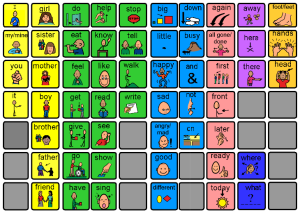 some of the ways that the SLP elicits multiple requests.
some of the ways that the SLP elicits multiple requests.
- She interrupts the hello song twice so that Jenna can request that they sing some more (G4). She does the same thing again with the goodbye song.
- She gives choices of objects within each activity, such as in the examples below:She gives too little of an item (e.g., a tiny amount of PlayDoh) to provide repeated requesting opportunities.
- Bubbles: Which bubble blower to use, who should go next, where to blow them (e.g., up, in the bag), etc.
- Books: Which book to read, which character props to play with, what actions to do with the character props, how to do those actions (e.g., fast/slow)
- PlayDoh: Which colors to use, which cookie cutters and tools, what to make, how to manipulate the clay (e.g., roll, push, cut), what actions to do with the shapes she made, where to put the pieces (e.g., on, in).
- She selects containers and tools that Jenna can’t manipulate on her own. That provides multiple opportunities to ask for help (e.g., opening containers of bubbles and PlayDoh, reaching story props that are on a shelf; squeezing the PlayDoh press, opening a plastic bag or container).
- She ‘forgets’ to show the book to Jenna to elicit a request for a turn. Jenna likes to turn the pages of the book, but sometimes the SLP ‘forgets’ so that Jenna has another opportunity to request a turn.
- She pauses in the middle of an action routine (e.g., poised to blow bubbles) so that Jenna can ask her to do it again.
Through it all, the SLP challenges herself to use the AAC system whenever she can. On a good day, there are no challenging behaviors, but on those other days, the SLP is prepared with behavior regulation symbols, the countdown board, and other supportive strategies. Jenna is learning, but she’s also teaching. Teaching us to be better interventionists.
Filed under: Strategy of the Month
Tagged With: choicemaking, requesting, therapy session
This post was written by Carole Zangari

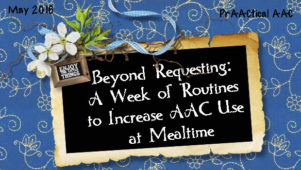
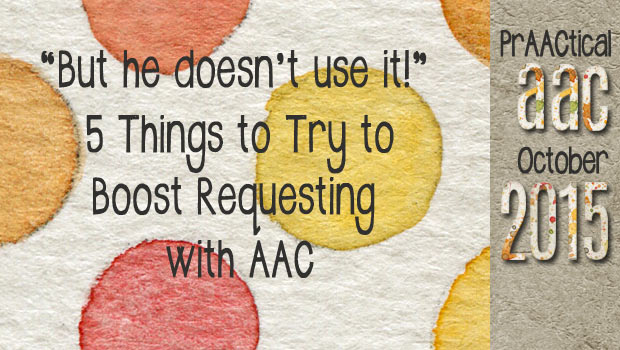
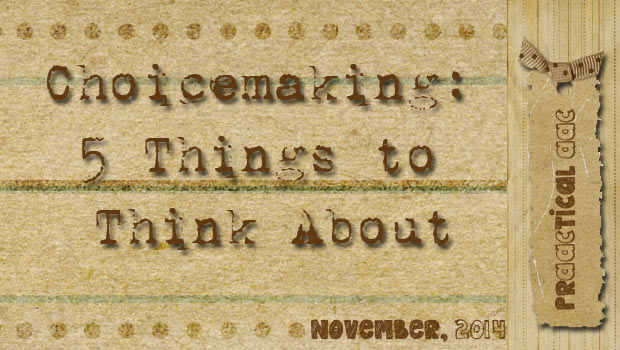
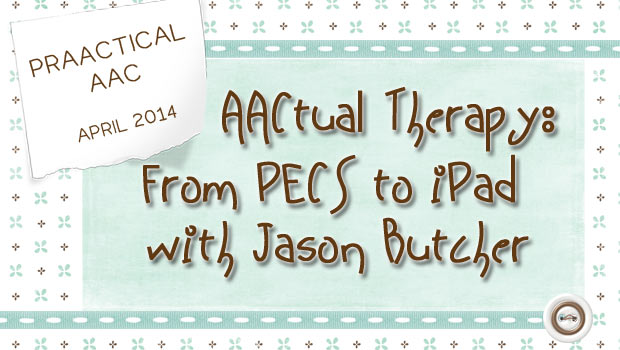
2 Comments
Thank you for the detailed description of working with the student using total communication. Great resource of information to pass along.
Thanks so much! We are so happy you want to share AAC and total communication information.